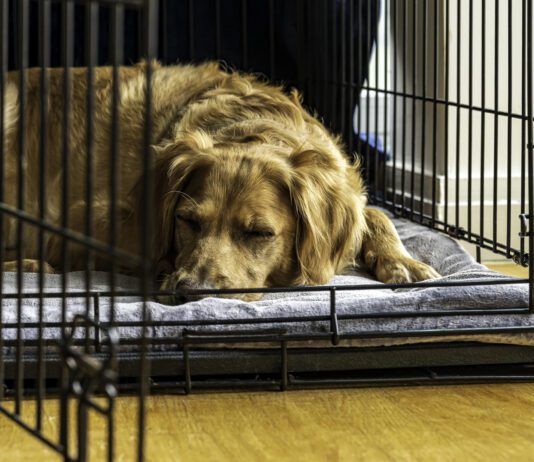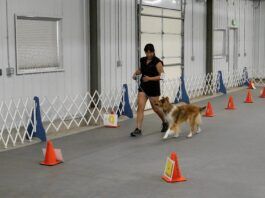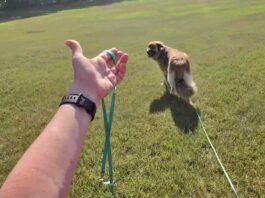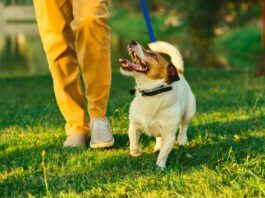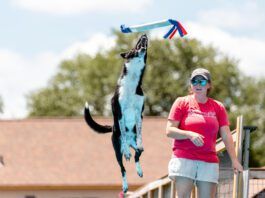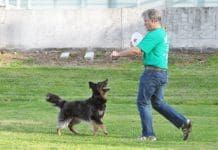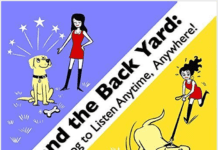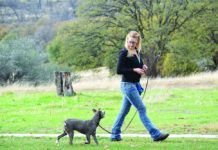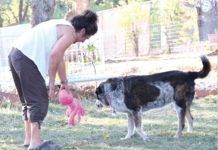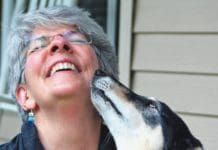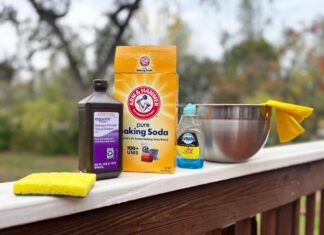It’s All in Your Dog’s Eyes
Teaching our dogs to look at us is important for training; if we have their attention, we can get them to work with us. If we can keep their attention, we can keep them working with us even in the face of distractions. These things are big accomplishments, but the value of teaching eye contact is even bigger!
Eye Contact in Dog Training
It's really not natural for dogs to offer direct and prolonged eye contact. In the dog world, direct eye contact is a threat, and the appropriate response to a direct stare is to look away as a deference or appeasement behavior (I'm not challenging you/please don't hurt me!"). In many human cultures
Training Your Dog to Learn
Operant conditioning and classical conditioning, though mostly applied to human psychology nowadays, are structures that were first developed in observing dog behavior. They are somewhat opposite methods of behavioral modification, however both are effective in training animals (and young children). They work simply to reverse bad habits and teach good ones. Read on to learn the difference, and get your dog obeying all your commands, every time.
7 Steps to Leash-Train Your Puppy
Did you know that the best way to teach a puppy to walk politely on a leash is to not use a leash? If you think that sounds like an inscrutable Buddhist koan, fear not - you are not alone. It's far more common to see people either dragging their puppies around, or being dragged around by their puppies, than it is to see a calm, happy puppy trotting along by her owner's side.
Modifying Your Dog’s Behavior
Have you ever had the experience of getting incredibly stuck" with your dog
Fluency and Generalization in Dog Training
Fluency and generalization training methods prepare your dog to respond and behave correctly in ANY situation. In dog training, generalization means that your dog can apply a concept to many situations; he knows that Sit!" means he should sit whether he's home
8 Easy Ways To Teach Your Dog How To Play
Tug. Fetch. Chase. Search. Most of us love to play with our dogs. Whether we're tugging, tossing a ball or a stick, or playing some other game, one of the great joys of sharing our lives with canine companions is the opportunity to engage in mutually enjoyable activities, i.e., play. However, for dogs, playing with humans is a learned behavior. Dogs who don't have the opportunity to play with humans early in life may grow up with a play behavior deficit one that can interfere with their ability to connect with the two-legged members of their family in a way that's important and meaningful.
Debunking the Dog’s “Guilty Look” Myth
I just talked to a potential client who is interested in bringing his 7-month-old Golden Doodle to train with us at AutumnGold. His dog, Penny, has the usual young dog issues - jumping up, a bit of nipping during play, still the occasional slip in house training, etc. Penny also raids the kitchen garbage bin, removing and shredding food wrappers, napkins, and any other paper goodies that she can find. The owner tells me that he is particularly upset about this last behavior because he is certain that Penny knows she has done wrong". He knows this because . . . wait for it . . . "Penny always looks guilty when he confronts her after the dreaded act."""
Help With Door-Crazy Dogs
you risk "flooding" the dogs
Teach Your Dog To Settle Down
position a mat or bed near you, and invite your dog to lie down there. You can use a food lure to encourage her to rock onto one hip and mark this posture (with the click of a clicker or a verbal marker such as the word Yes!") and a reward.üReward her with small bits of tasty treats for initially short
Rocket Recall
but keep in mind that the leash is present only to keep your dog with you
The 12 Rules of Rocket Recall
How do you perfect your dog's recall skills? Practice! Use the reinforcers that have the highest value for your dog for recall practice and reward generously.


